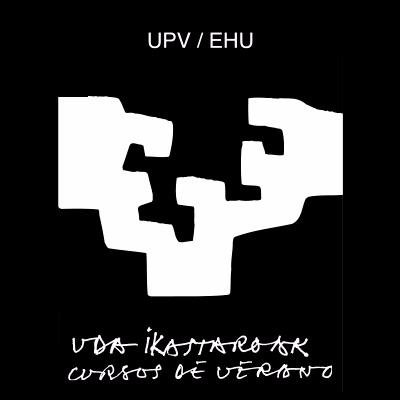



Invited
Molecular adsorption on anatase TiO2(101) studied by submolecular imaging technique with Si cantilever AFM
1National Institute for Materials Science, Tsukuba, Japan
2JST-PRESTO, Saitama, Japan
3Dpto. de Física Teórica de la Materia Condensada, Universidad Autónoma de Madrid, Spain
Submolecular imaging using frequency-modulation (FM) atomic force microscopy (AFM) has recently been established as a stunning technique to reveal the chemical structure of unknown molecules, to characterize intra-molecular charge distributions, and to observe chemical transformations. So far, most of these feats were achieved on planar molecules using the so-called qPlus sensor, a specially designed quartz AFM sensor.
Here, we report a novel imaging method using multi-pass routine to achieve submolecular resolution on three-dimensional molecules and structures with a silicon (Si) cantilever-based AFM operated with large oscillation amplitudes. At variance with previous implementations, this method allows us to simultaneously image both intra-molecular structures and the atomic arrangement of the substrate [1]. Force volume measurements over C60 molecules clarify the validity of our method to achieve submolecular resolution. Using this technique as well as information obtained in our previous study of clean anatase TiO2(101) surface [2], we have investigated adsorption of pentancene molecules on terraces and steps of anatase TiO2(101) [3]. Based on comparison with theoretical calculations, we obtain an insight into substrate-molecule interaction and probe tip termination.

Figure 1: (a) Topographic AFM image and (b) multi-pass frequency shift image of pentacene molecules adsorbed on terraces and steps of the anatase TiO2(101) surface obtained at 77 K. Image size is 20nm×20nm.
[1] C. Moreno et al., Nano Lett. 15, 2257 (2015).
[2] O. Stesovych et al., Nat. Commun. 6, 7265 (2015).
[3] M. Todorovic et al., in preparation.